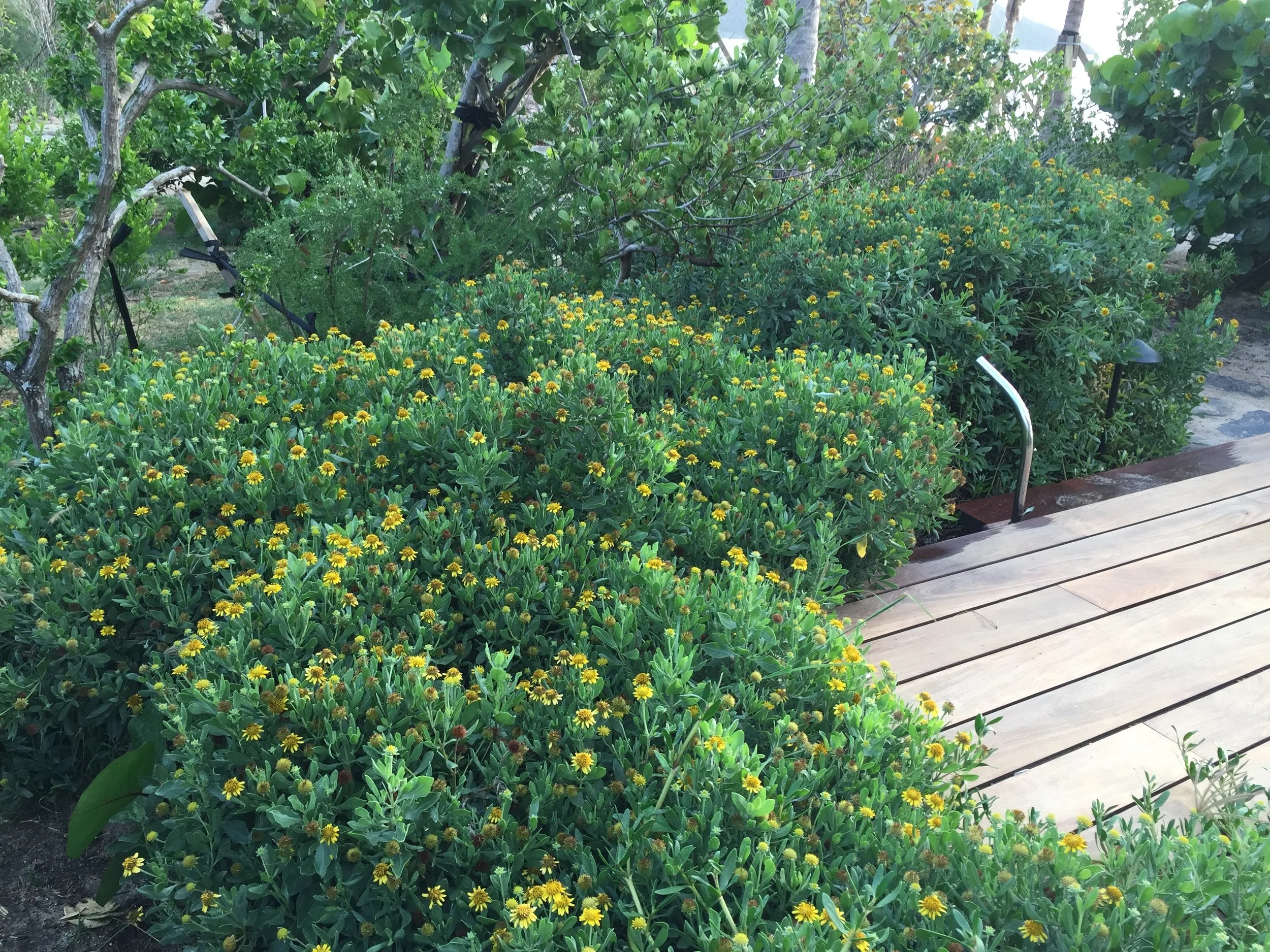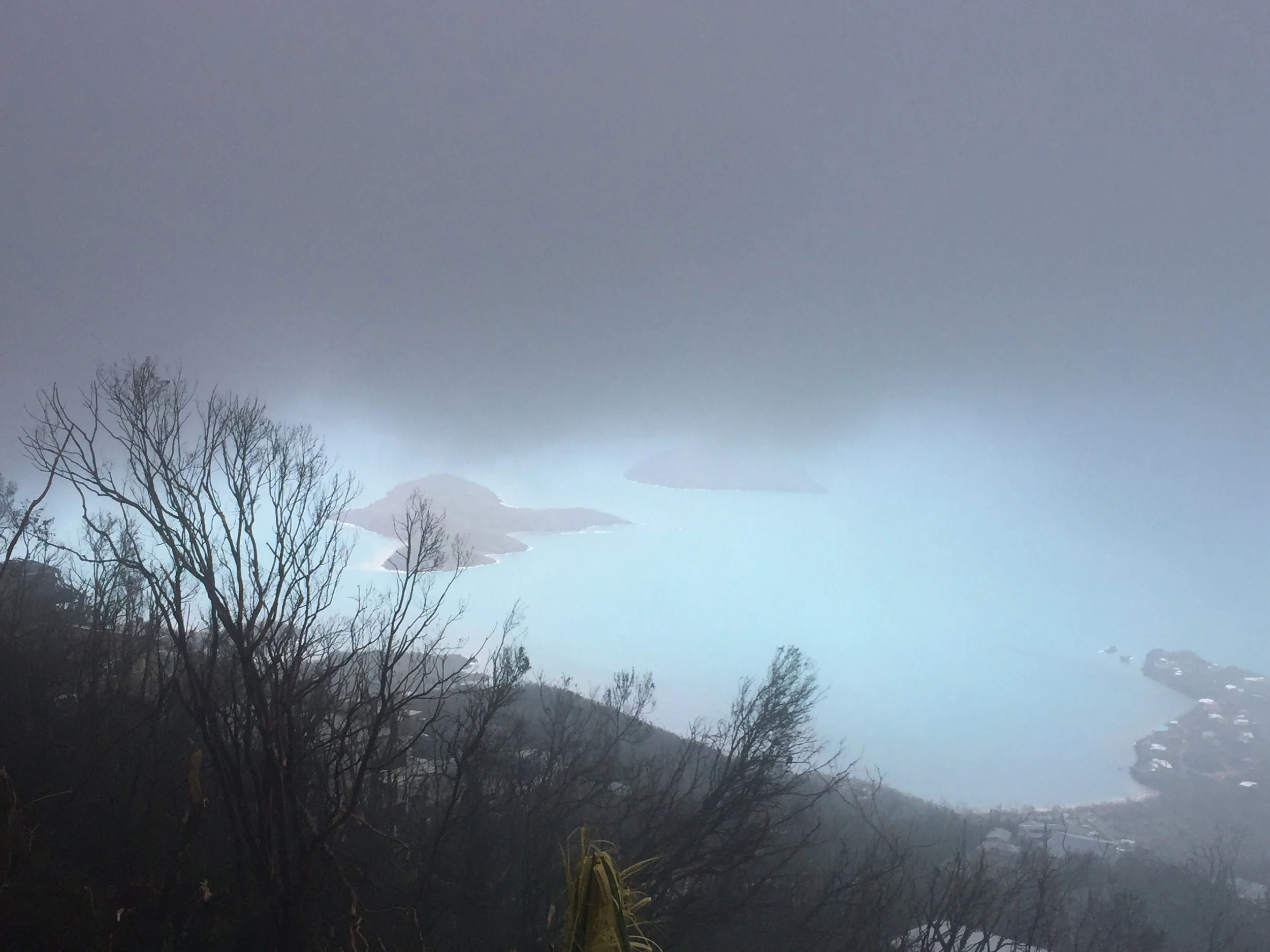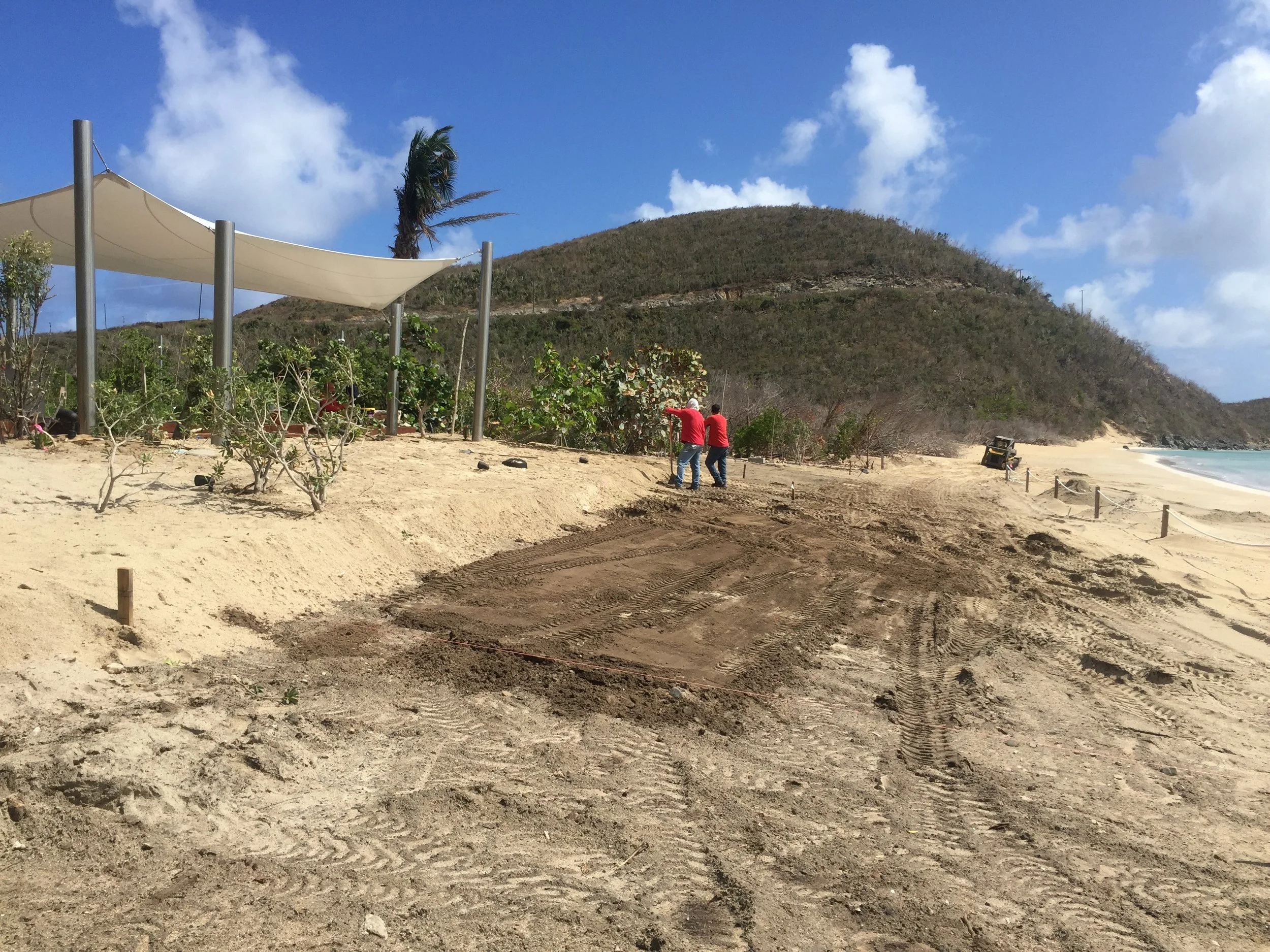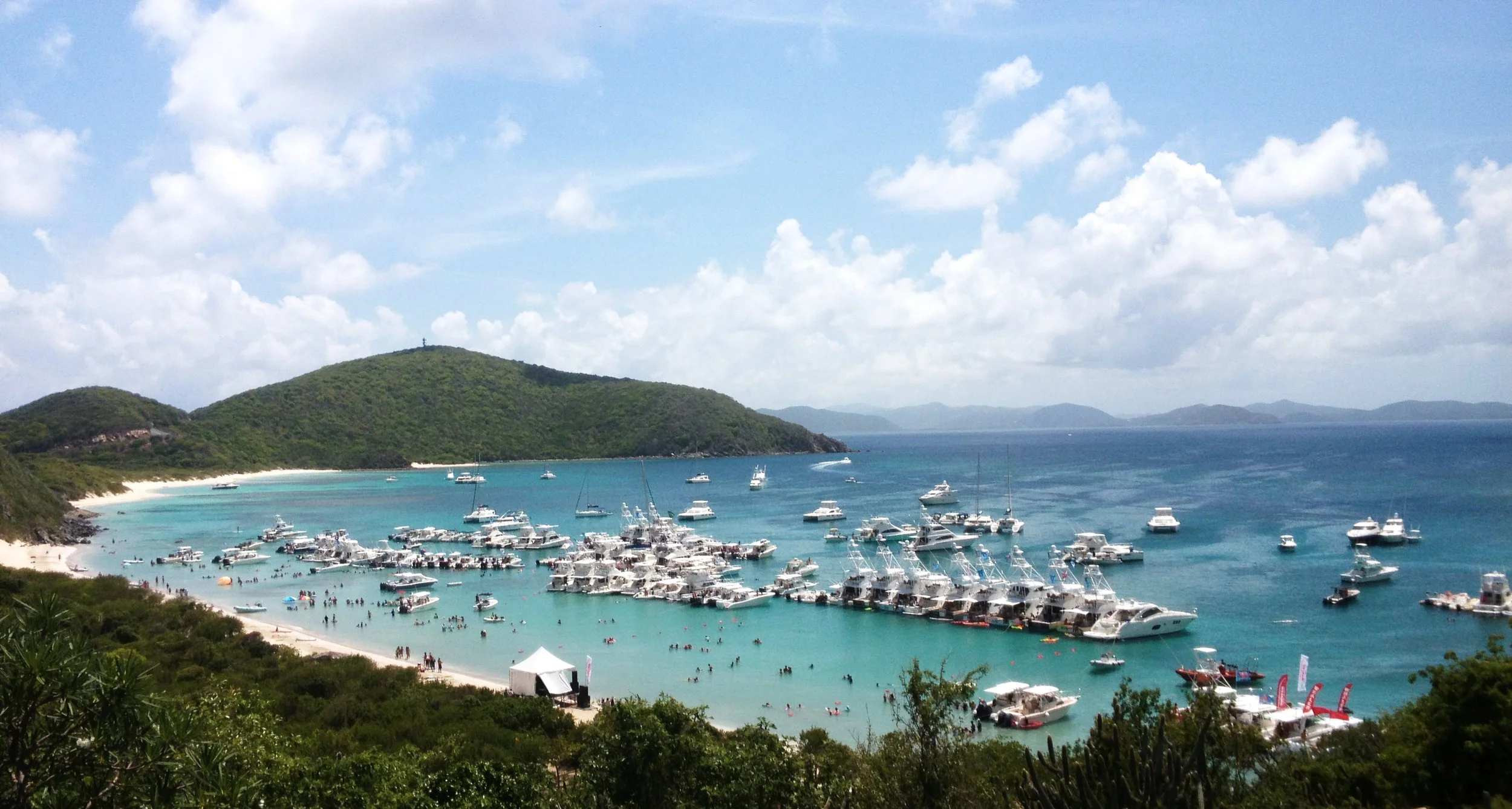IN THE AFTERMATH
OF IRMA
VIRGIN GORDA, BRITISH VIRGIN ISLANDS
PROJECT STATUS | BUILT
PROJECT BACKGROUND
Plants are more resilient than people, as they have nowhere else to go if something happens after they have put their roots in a place. They must adapt and wait until the conditions improve to regenerate. Plants are amazingly forgiving if growing in a supporting environment before a storm arrives, as this project in Virgin Gorda demonstrates. Our site and soil preparation, plant choices, plant density, and delayed process of planting, were among the key procedures for faster regeneration. In the spring after Irma arrived, we were invited to assess the damage, which was minimal except for the beach, where most trees and plants had been wiped away.








THE SITE BEFORE IRMA
Before Irma arrived, we had four years to plan and execute the planting across the difficult, highly disturbed 10-acre site. The beach project was last. Until the large deck construction was finished, it was a mud hole for compaction and accumulation of runoff during construction. Many trees at the ocean edge, already damaged from previous storms, were trapped in a tangle of scrubby understory. We freed the trees from the tangle of vines and invasive species to increase the passage of light and breeze.





A NEW PLANT COMMUNITY
Then, in the pockets of space, we started layering native shrubs, forbes and grasses, to relaunch the conditions and functions of a back dune. We kept the four Hippomane mancinella trees, which have a place in our cultural history if our human customs, as the dominant species, had not changed. The owner was an accomplice, saying he would rather train the children not to touch the poisonous fruits but allow that species survive where it was.











The gazebo deck occupied such a large space that the vegetation became the way to provide privacy from public beach users and to orchestrate the access to the beach from many directions. One could get lost exploring the back dune barefoot among the many interesting plant species that we added. No other beach in the islands that we know of has ever had such a richly designed plant community, as most people associate a Caribbean beach planting just with coconut palms, seagrape trees, and a few other plant species. This was the lavish tapestry when Irma hit. Learning later what survived and did well, and what disappeared, was an important lesson.
DUNE RECONSTRUCTION AFTER IRMA
When Irma hit, the island of Virgin Gorda was paralyzed with no public water and no public electricity for months. The management decided to use the private desalination (reverse osmosis) system that was on site not for the plants, but for the island’s people in need. With few great losses such as the large lignum vitae trees and some chorozo palms, most trees and plants survived the hurricane. The beach landscape suffered most having lost also all the organic matter that typically accumulates over the years under the sand at the plants’ roots zone.




During the spring and summer months, to determine the safest place to start replanting, we studied the traces of the movement of the ocean waves, their rise for sudden squalls, and their receding in calm intermezzos. We knew the ocean is unpredictable, but we were in search of patterns. To encourage the accumulation of lost sand and rebuild the shallow dune, we suggested various procedures, which included reinforcement, rebuilding engineered sandy soil under the sand before replanting, and native grasses revegetation to hold with rhizomes the new sand in place.
We had to bring some tall coconut palms to provide immediate scale and shade and those native trees available in the market in large size. All plant growers after Irma and María had, in fact, very little remaining stock for the battered Caribbean region in need. After replanting, the character of the beach unfortunately changed to a more resort-like feel. However, the new shrubs and ground covers started adding the richness of a new plant community.
Especially wonderful was to see, five months after, the Gundlachia corymbosa collected by Rossana from the wild back dunes of Anegada flowering, and being pollinated right in front of her eyes. The marble and wild cinnamon trees were full of fruit, Baccaris, Erythalis and Casasia were flowering, and seedlings were sprouting in the sand. We were happy to see all this new life, supported by the temporary irrigation that was coming from the ocean desalination plant once it was possible to reuse it.
AFTERWARDS
Read conclusions in the video below
And when the hurricane and the devastation are forgotten, and the plants return, also the people return with their customs and desire to celebrate life. Long Bay recovers and the “Christmas in July” boat gathering returns as well.








